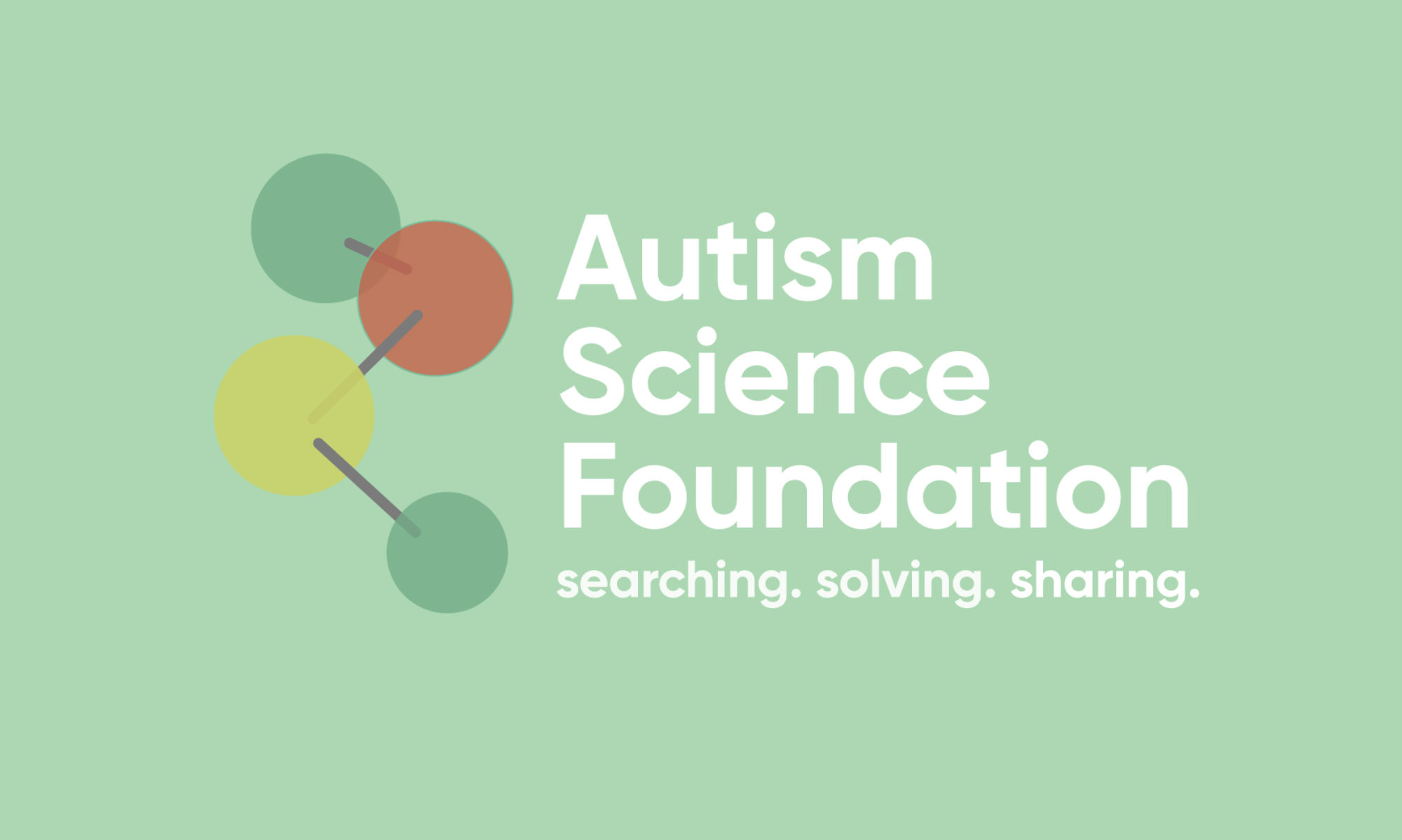Podcast: Play in new window | Download
Subscribe: RSS
There are many many potential factors that influence a diagnosis of ASD that have been underexplored, and recreational drugs are one of them. Of course it would never explain all the cases of ASD, not one singular thing does, but does cannabis consumption during pregnancy lead to an increased probability of having a child with ASD? As it turns out, yes, a small increase, meaning it isn’t the only thing causing ASD but: JUST SAY NO if you are pregnant. On the other end of the spectrum is aggression, a completely horrible feature of some people with ASD. About 30% of people who are aggressive and have an ASD diagnosis are not responsive to any medications or therapies, which is horrifying. Researchers in Canada and Brazil have studied the brains of this group, with what is called “refractory aggression” to try to get to the mechanism.
